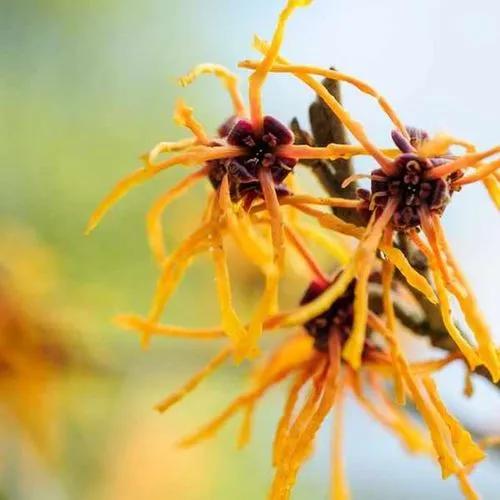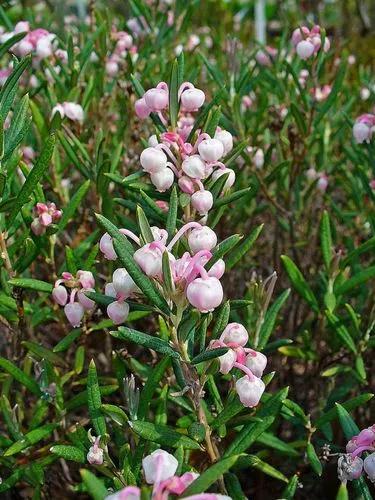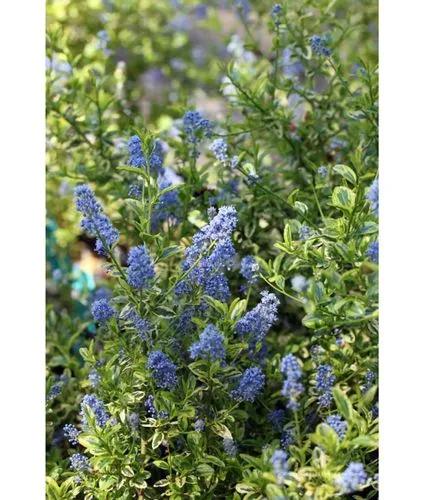Acer palmatum var. dissectum is a stunning Japanese maple, grown for its fine, lace-like filgree leaves. Green in summer, these turn rich shades of yellow in autumn.
Crimson Queen Japanese Maple Care
Acer Palmatum Var. Dissectum



How to Care for the Plant

Water

Soil. As with light, Crimson Queen Japanese maple trees are malleable with soil. The tree grows easily in organically rich, slightly acidic soil that's kept moist but well-drained. Sandy loam soils work just fine, and Japanese maples can tolerate heavy clays

Pruning

Avoid pruning a Crimson Queen Japanese maple tree when possible. If you must prune, do it in the late fall or mid-winter to avoid the bleeding that can happen in spring and summer months.

Fertilizer

Trying to speed them up with fertilizer will do them a great deal of harm if not kill them.

Soil

However, they will adapt to a variety of soils.

Temperature

The growing conditions for Crimson Queen are similar to other Japanese Maple trees although this variety is very tolerant of sun. It will stand temperature up to 36°C / 95°F for a few days with little or no evidence of sunburn.

Additional

They are also known as Acer rubrum, and although they are non-toxic for dogs, cats, and humans, they are deadly and toxic to horses and should be kept out of areas where horses live and eat. It is prone to toxic fungus growth on the bark, as well as on other areas of the plant. The Crimson Queen Japanese maple tree, a variation of standard Japanese maples, is one of the prettiest of the dwarf trees.

Popularity

475 people already have this plant 115 people have added this plant to their wishlists
Discover more plants with the list below
Popular articles






